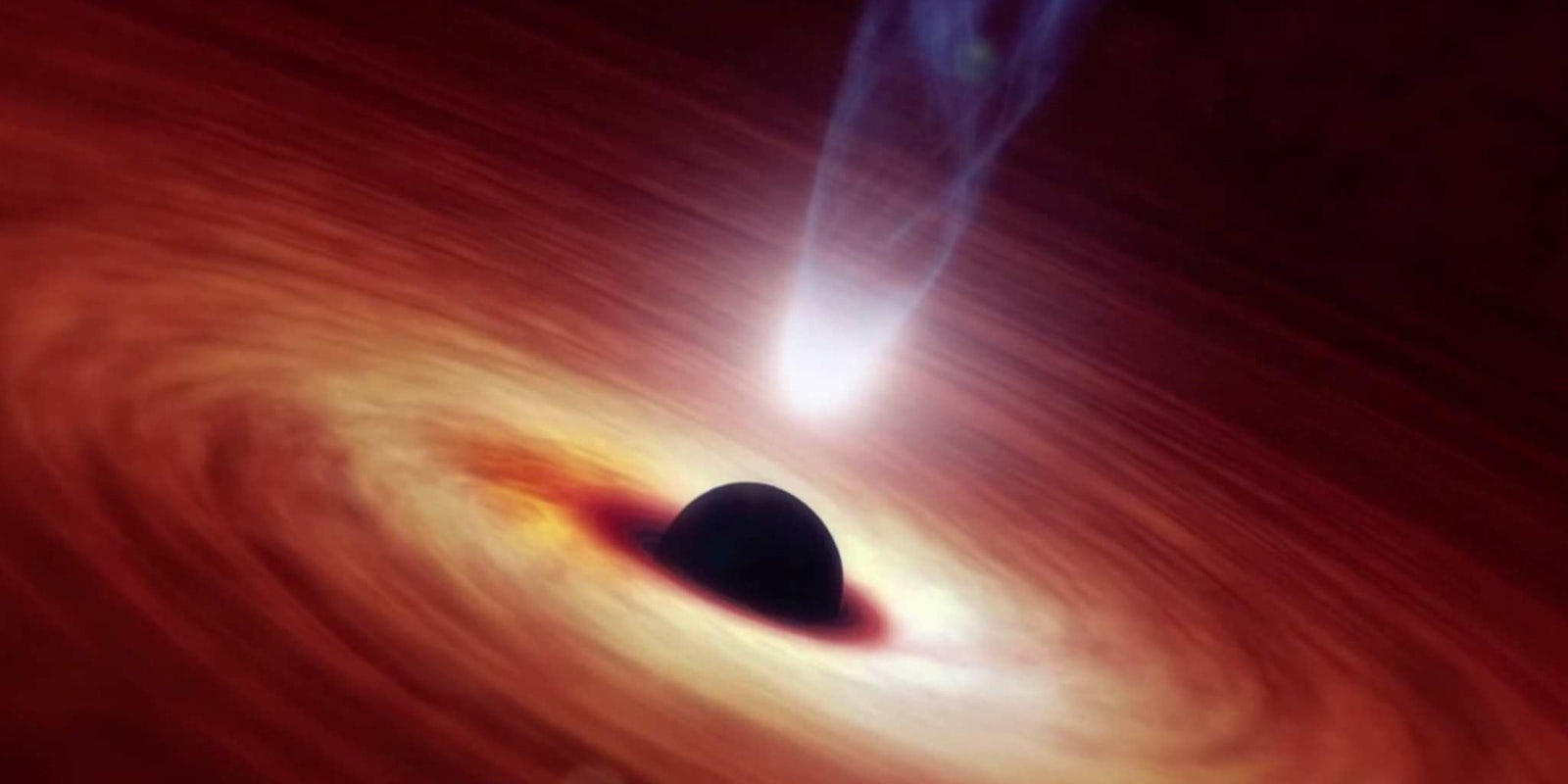BY DENNIS OVERBYE
On July 2, 1967, a network of satellites designed to detect tests of nuclear weapons recorded a flash of gamma rays coming from the wrong direction — outer space.
And so it was that human astronomers were tipped to the existence of one of the most violent phenomena of nature. Today, they know that about once a day somewhere in the observable universe, an explosion called a gamma-ray burst occurs, releasing more energy in a few seconds than our galaxy does in a year.
These magnificent cosmic conflagrations are as far away as they are rare, which is just as well. If one happened nearby, in our own galaxy, we could be swathed with radiation. The closest gamma-ray burst whose distance has been measured happened some 119 million light-years from us, far outside the so-called Local Group, which contains our own Milky Way galaxy. The farthest so far recorded is now 31 billion light-years away, as calculated by the mathematics of the expanding universe; it happened when the universe was only 500 million years old.
Gamma-ray bursts are thought to be the final step in the series of transformations by which stars shrink and slump from blazing glory to oblivion, winding up as bottomless deadly dimples in the fabric of space-time — that is to say, as black holes.
Read the full story in the New York Times.
Screengrab via NewYorkTimes/Youtube


